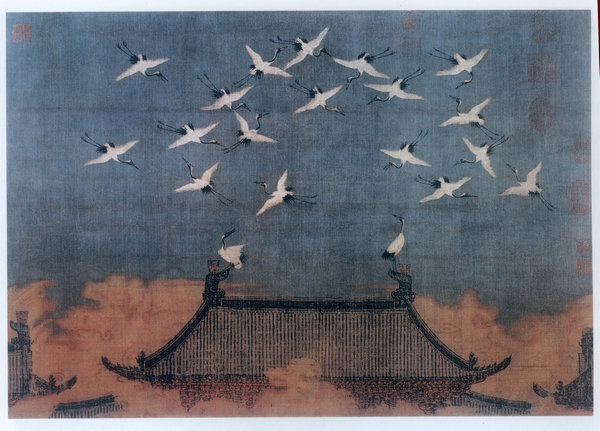 |
|
A painting by Huizong.[Photo provided to China Daily] |
Tradition
Among all the Chinese painting and calligraphy masters, Dong Qichang (1555-1636) was the one the emperor valued above all, says Wang.
"Dong championed and enunciated theories on literati painting, casting well-educated scholars-as opposed to professional painters-as the right heirs of China's centuries' old painting tradition. For Qianlong, a passionate poet and essayist who always sought to couple military might with literary achievement, this had a clear appeal. Most importantly, Dong died just before the fall of the Ming Dynasty (1368-1644) and the founding of Qing by the Manchus, so it could not be said of him that he had served an enemy regime."
So Dong was a figure who united rather than divided, and in the world of Qianlong, art was never far from politics. This politicization of art inevitably led to what Tian calls "an ossifying of the art evaluation system".
"In line with Qianlong's taste for the grandiose, art under him tended towards the delicate and decorative, leaving behind a more elegant, simple style that characterized the reign of his father, Emperor Yongzheng.
Yet Qianlong, not unlike his grandfather, the open-minded Emperor Kangxi, also drew on the services of foreign missionary artists who had adopted the three-point perspective in painting.
"What Qianlong did was to let the foreign artist paint the face-as in one of his own portraitures-while allowing the Chinese painters to finish the rest of the work, including the folded clothing and the scenery beyond," Tian says. "Qianlong appreciated a pinch of realism, without letting it undermine that soothing, poetic mood of Chinese painting."
|
|
|
|
|
|
|
|
